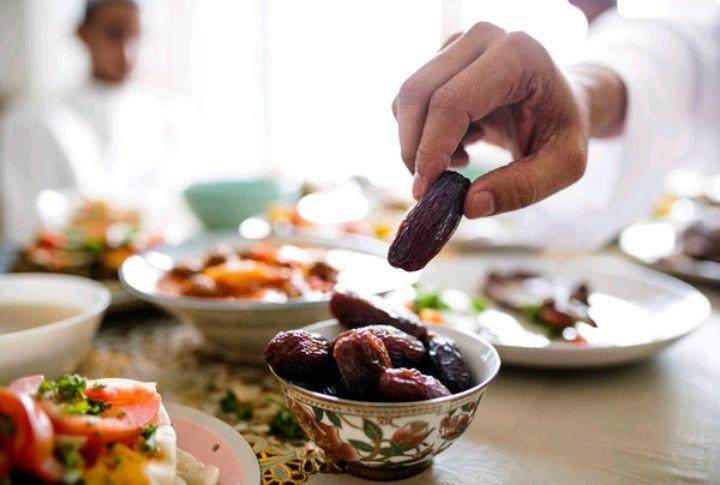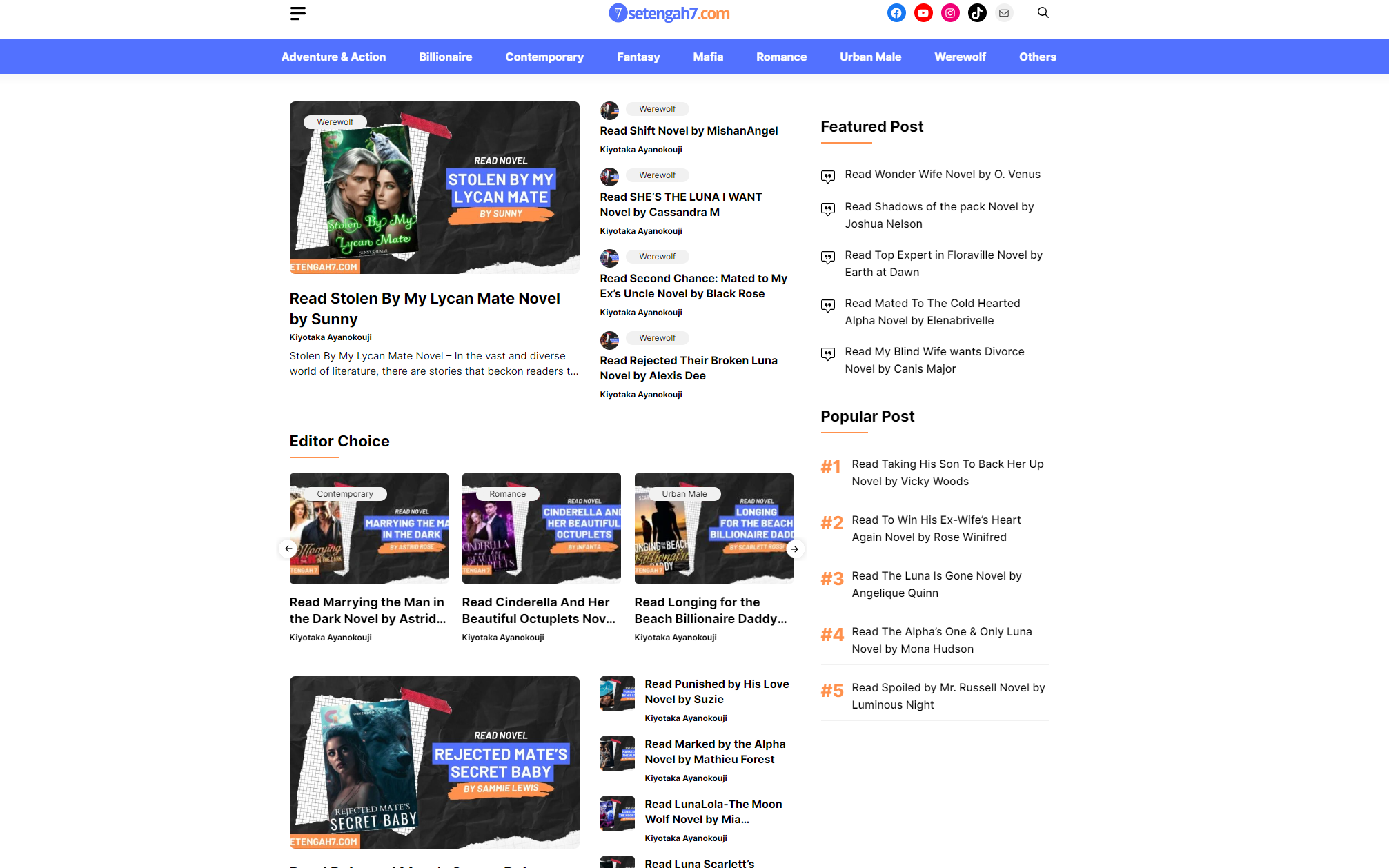Pengantar Pronoun dalam Bahasa Indonesia
Bahasa Indonesia mempunyai beberapa jenis kata ganti (pronoun) yang digunakan dalam komunikasi sehari-hari. Pronoun sendiri terdiri dari beberapa jenis, seperti personal pronoun, possessive pronoun, demonstrative pronoun, dan lain sebagainya. Setiap jenis pronoun memiliki kegunaannya sendiri-sendiri dalam suatu kalimat. Dalam artikel ini, kita akan membahas tentang penggunaan pronoun dalam bahasa Indonesia serta pengaruhnya terhadap gaya bahasa (aesthetic) di Indonesia.
Penggunaan pronoun dalam bahasa Indonesia sangatlah umum dan sering kita temui dalam percakapan sehari-hari. Pronoun personal, misalnya, digunakan dalam kalimat yang menerangkan orang atau benda tertentu. Kita bisa menggunakan “saya” ketika kita ingin merujuk pada diri sendiri, “kamu” ketika kita berbicara dengan lawan bicara, atau “mereka” ketika kita menerangkan beberapa orang.
Tidak hanya itu, keberadaan possessive pronoun juga sangatlah penting dalam bahasa Indonesia karena membantu dalam penerjemahan kalimat yang kompleks. Possessive pronoun sendiri digunakan untuk menunjukkan milik seseorang atau suatu benda tertentu. Contoh penggunaannya adalah “saya punya buku” yang artinya “this book is mine”.
Selain itu, demonstrative pronoun juga sangatlah berguna dalam percakapan sehari-hari untuk menunjukkan perbedaan dalam jarak atau keadaan suatu benda dalam kalimat. Contohnya adalah “ini” yang artinya “this” atau “itu” yang artinya “that”.
Namun, penggunaan pronoun tidak hanya mempengaruhi arti dari suatu kalimat namun juga dapat mempengaruhi gaya bahasa yang diungkapkan. Terkadang menggunakan bentuk pronoun yang berbeda-beda dapat memberikan kesan yang berbeda-beda pula dalam suatu kalimat, menjadikan kalimat itu lebih indah dan estetik (aesthetic).
Penggunaan bentuk pronoun yang lebih formal seperti “kami” atau “mereka” dapat memberikan kesan yang lebih serius dan formal dalam suatu kalimat. Namun, ketika kita menggunakan pronoun seperti “gue” atau “lu” yang merupakan bentuk bahasa yang lebih informal, akan memunculkan suatu suasana yang lebih santai dan akrab dalam kalimat.
Dalam dunia sosial media, penggunaan pronoun juga sering dijadikan sebagai corak yang menunjukkan identitas seseorang. Misalnya, penggunaan “aku” dapat menunjukkan kesan yang lebih naluri atau personal, sementara penggunaan “dia” atau “mereka” dapat menunjukkan kesan yang lebih sensitif dan ramah.
Banyak orang di Indonesia juga menganggap penggunaan pronoun yang tepat dalam bahasa Indonesia sebagai salah satu bentuk kesopanan atau etika dalam berbicara. Oleh karena itu, sangat disarankan untuk lebih memperhatikan penggunaan pronoun dalam suatu percakapan, khususnya bila berbicara dengan orang yang tidak dikenal atau dalam suatu acara formal.
Dalam kesimpulan, penggunaan pronoun sangatlah penting untuk diketahui dalam bahasa Indonesia karena membantu dalam menjelaskan beberapa pengertian dan membuat suatu kalimat lebih estetik. Penggunaan yang tepat juga dapat mencerminkan identitas seseorang ketika berbicara di dunia sosial media maupun dalam kehidupan sehari-hari. Oleh karena itu, jangan lupa untuk selalu memperhatikan penggunaannya, ya!
Makna Estetika dalam Media Sosial
Media sosial telah menjadi bagian penting dari kehidupan kita. Dalam setiap aktivitas yang kita lakukan di media sosial, baik itu berbagi foto, video, atau status, kita selalu berusaha menciptakan kesan yang baik. Salah satu hal terpenting yang harus dipertimbangkan dalam menciptakan kesan tersebut adalah estetika. Di Indonesia, estetika sangat penting dan banyak dipengaruhi oleh budaya lokal.
Dalam setting media sosial, estetika memainkan peran penting dalam membantu pengguna membangun citra diri yang positif serta menciptakan merek yang dapat dikenali. Penampilan yang menarik dan penggunaan warna yang cerah seringkali menjadi pilihan populer dalam menciptakan estetika yang menarik pada media sosial. Namun, selain itu, pemilihan kata-kata, gaya tulisan, font, dan tata letak postingan juga mempengaruhi estetika sebuah akun di media sosial.
Di Indonesia, estetika menjadi penting dalam menciptakan citra yang baik. Hal ini dapat ditemukan di setiap aspek kehidupan, termasuk media sosial. Penggunaan warna-warna yang mencolok, pola-pola yang menarik, hingga pemilihan bahasa yang baku semuanya merupakan bagian dari estetika yang harus dihadirkan dalam setiap postingan.
Estetika di media sosial juga memengaruhi cara pengguna dalam berinteraksi. Postingan dengan estetika yang menarik seringkali menjadi perhatian pengguna dan meningkatkan interaksi, baik itu melalui like ataupun komentar. Selain itu, estetika yang baik pada media sosial juga membantu pengguna dalam meningkatkan jumlah follower dan menciptakan komunitas pengguna yang loyal.
Tidak hanya pengguna individu, estetika juga memainkan peran penting bagi perusahaan dan merek. Perusahaan yang memiliki estetika yang menarik di media sosial cenderung memiliki citra yang baik dan dapat meningkatkan popularitas produk maupun jasa yang mereka tawarkan.
Kesimpulannya, estetika pada media sosial sangat penting bagi pengguna, baik itu individu maupun perusahaan. Estetika memengaruhi cara kita membangun citra dan merek pada media sosial. Oleh karena itu, penting bagi kita untuk memperhatikan estetika dalam setiap aktivitas yang dilakukan di media sosial.
The Role of Pronouns in Creating Aesthetic Social Media Content
Pronouns play an essential role in the creation of aesthetic social media content in Indonesia. Using the right pronoun can make the post feel sincere or relatable to the followers, while misusing pronouns can lead to awkwardness and poor perception of the writer’s credibility. Thus, it is crucial to understand the right pronouns to use in social media content, especially when aiming for aesthetic purposes.
Pronouns for Sincerity and Intimacy
In creating aesthetic social media content, pronouns can be used to establish a sincere and intimate connection between the creator and the followers. Personal pronouns like “I” and “we” help establish that the content is coming from an individual or group of people with personal experiences, making the content more relatable to the followers. Using personal pronouns also creates an intimate tone, making the content feel like it is coming from a close friend or family member.
Another way to establish sincerity and intimacy is through the use of possessive pronouns like “my” and “our.” These pronouns help establish ownership and personal connection between the content and the creator. By using “my” or “our” in the caption, the creator can establish that the post is a personal experience they are sharing with their followers. This usage of possessive pronouns also helps establish a sense of community and shared experience between the creator and their followers.
Pronouns for Professionalism and Credibility
Using proper pronouns is also important to establish professionalism and credibility in social media content creation. In Indonesia, it is common to use formal pronouns like “saya” and “kami” in professional settings or when addressing more senior people. These pronouns help establish respect and professionalism in the writer’s tone, making the content more credible and trustworthy in the eyes of the followers.
In contrast, using informal pronouns like “gue” or “kita” may be more common in casual settings, but could come across as unprofessional in certain contexts. Therefore, it is important to understand the appropriate context when using informal pronouns to achieve an aesthetic look while maintaining credibility and trustworthiness in the eyes of followers.
Pronouns for Inclusivity and Empathy
Lastly, using appropriate pronouns is essential to promoting inclusivity and empathy in social media content creation. Using gender-neutral pronouns like “mereka” and “mereka-mereka” can help promote inclusivity and respect for people from non-binary or gender-nonconforming identities. It also shows empathy and understanding towards people with different backgrounds and gender identities, making the content more relatable and inclusive to a wider audience.
Using the right pronouns is crucial in creating aesthetic social media content in Indonesia. Pronouns help establish sincerity, intimacy, professionalism, and inclusivity in the tone and content of the post. Thus, it is important to understand the appropriate use of pronouns in the context, audience, and purpose of the content. By using the right pronouns, content creators can achieve aesthetic and trustworthy social media content that resonates with their followers.
Searching for Inspiration: Exploring Pronouns in Aesthetic Social Media Posts
Indonesian aesthetic social media posts have become a popular trend among young people in recent years. With the rise of social media, many Indonesians showcase their creativity by creating aesthetically pleasing images and videos to share with their followers. These posts have become a form of self-expression that allows people to showcase their personalities, styles, and even pronouns.
Pronouns are an important part of self-identity. In the past, the use of pronouns was limited to he/him and she/her. However, in recent years, more and more people are using non-binary pronouns such as they/them, ze/zir, and xie/xim to express their gender identity. This can be seen in Indonesian aesthetic social media posts where many individuals include non-binary pronouns in their bio or captions.
For example, some Indonesians use the pronoun “mereka” which means “they” in Indonesian. This pronoun is used by individuals who identify as non-binary or genderqueer. When creating their aesthetic social media posts, people also use the pronoun “aku” which means “I” in Indonesian. This pronoun is used to express their personal journey and struggles.
Aesthetic social media posts can also be used as a platform to challenge traditional gender norms in Indonesia. One example is the use of the pronoun “dia” which means “he/she” in Indonesian. This pronoun is used by individuals who believe that gender is a spectrum and not limited to binary categories. By using “dia” in their aesthetic social media posts, people are trying to promote acceptance and inclusivity in Indonesian society.
Moreover, pronouns in Indonesian aesthetic social media posts are not limited to the traditional pronouns used in the Indonesian language. Many individuals use pronouns from other languages such as English, Japanese, and Korean. For example, some people use the pronoun “them” from English or “kimi” from Japanese.
It’s important to note that the use of non-binary pronouns in Indonesia is still relatively new and not widely accepted. Many Indonesians are still unfamiliar and uncomfortable with the use of these pronouns. However, younger generations are more accepting and open to learning about the different gender identities and pronouns.
In conclusion, Indonesian aesthetic social media posts are a great platform for people to express themselves and showcase their creativity. Pronouns have become an important part of self-identity, and the use of non-binary pronouns in these posts is becoming more common. These posts can also be used to challenge traditional gender norms and promote acceptance and inclusivity in Indonesian society.
Tips for Using Pronouns to Enhance Aesthetic Appeal in Social Media Posts
As social media becomes increasingly popular in Indonesia, using the right pronouns can enhance the aesthetic appeal of the language in the posts. Pronouns are words used in place of nouns, allowing the sentences to flow smoothly and make the posts sound more natural. But how do you use pronouns to improve the aesthetic appeal of your social media posts? Here are five tips that may help:
1. Use First Person Pronouns
First person pronouns like “I” and “we” can create a sense of closeness between the reader and the writer. It makes the posts more personal and creates a more welcoming atmosphere for the audience. This tactic can work well for individuals trying to get closer to their followers, companies wishing to build stronger connections with their customers or influencers seeking to increase their engagement with their audience.
2. Use Second Person Pronouns
The use of second person pronouns like “you” and “your” create a personal connection with the reader. It helps the writer engage their audience to participate in their posts by using active language that places the audience directly in the action. This tactic is particularly effective for call-to-action posts and content marketing campaigns where engagement is a priority.
3. Use Third Person Pronouns
Using third person pronouns like “he”, “she”, and “they” creates a sense of distance and objectivity between the writer and the audience. It may make the readers feel like they are only listening to a story rather than being involved in it. It can be useful for discussion or news posts, however, if the purpose is to make the readers more involved, it may not be the best choice.
4. Use Gender-Neutral Pronouns
Gender-neutral pronouns like “they”, “them”, and “their” align with the modern trend of progressive language. It acknowledges the myriad gender identities and avoids the use of pronouns that can exclude or make those who don’t identify with the traditional “he” or “she” feel left out. It is becoming increasingly popular on social media, especially in Indonesia, because awareness of different gender identities and communities is growing.
5. Use Pronouns in Combination with Emojis
Combining pronouns with emojis is becoming a popular trend on social media. Emojis can add another layer to the text, expressing emotions that plain text cannot. Using emojis that align with the chosen pronouns will help convey the intended message and create a unique and fun aesthetic to the post. It is particularly useful when trying to convey humor or positivity and encouraging others to participate in the posts.
In conclusion, using the right pronouns can enhance the aesthetic appeal of social media posts, and the impact that the posts may have on their audience in Indonesia. Whether it is using first person pronouns for personal connection, second person pronouns to encourage active participation, third person pronouns to maintain objectivity, gender-neutral pronouns to address inclusivity, or combining pronouns with emojis for a distinctive aesthetic, the use of pronouns has the power to create different effects on the audience. By considering these tips, Indonesia’s social media users can create more engaging, effective, and aesthetically pleasing posts.





